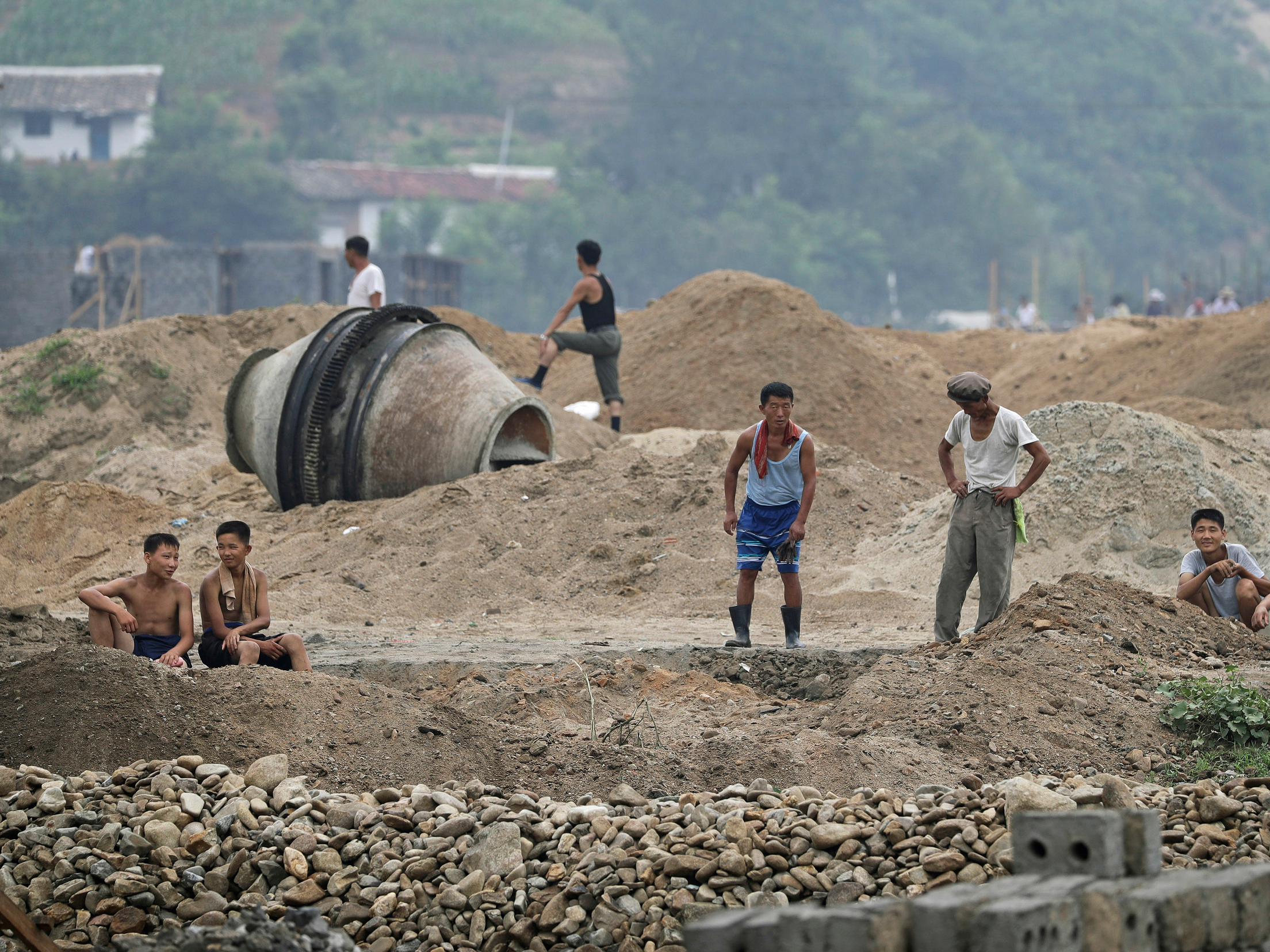The United Nations Security Council adopted a US-drafted resolution to levy new sanctions on North Korea last week.
The latest sanctions cap North Korea’s oil imports, ban textile exports, end additional overseas laborer contracts, suppress smuggling efforts, stop joint ventures with other nations, and sanction designated North Korea government entities, according to CNN.
China also previously announced a ban on imports of iron ore, iron, lead, coal, and seafood from North Korea.
Since the UN Security Council has been attempting to put economic pressure on North Korea, we decided to get a sense of how big some of the recently sanctioned sectors are based on trade data estimates.
The Observatory of Economic Complexity (OEC), a project conducted at the MIT Media Lab Macro Connections group, created an interactive visualization breaking down North Korean export using 2015 data from the UN Comtrade and the Center for International Trade at UC Davis.
Coal briquettes made up the largest percentage of North Korea's exports in 2015. They were followed by clothing articles, including coats and suits. Other commodities like iron, copper, and seafoods like mollusks and crabs also make up sizeable chunks of the exports.
You can play around with the visualization to get both more general and more detailed looks at the export data:
The OEC also created an interactive visualization breaking down North Korean imports.
Refined petroleum led the pack, followed by synthetic filament yarn woven fabric:
As for who has been doing business with North Korea, that's mostly been China. According to data from OEC and Statista, China was by far North Korea's largest trading partner in 2015.

Check out the Observatory of Economic Complexity's data here.

